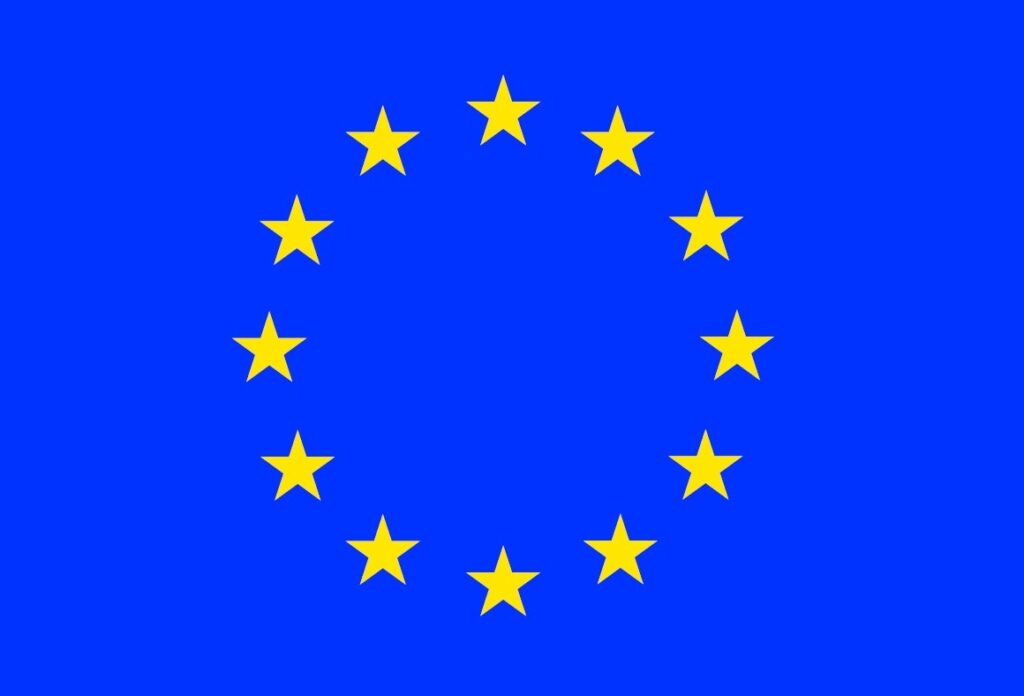
European Union and Lithuania Relationship
Recent developments
the Association Agreement (including bilateral trade)
Association Agreements were originally agreements between the European Union (EU) and European states which at that time considered the future possibility of applying for EU membership. The similar agreements with Eastern European countries after 1991 are known as Europe Agreements.
Europe (Association) Agreements form the basis of trade relations between the European Union and the candidate countries and aim to bring down barriers to trade. The Europe (Association) Agreement with Lithuania was signed on 12 June 1995, and came into force on 1 February 1998. The Europe Agreement changed the Agreement on Trade and Commercial and Economic Co-operation project. The Agreement on Free Trade and Trade-Related Matters became a part of the Europe Agreement. The Europe Agreement recognised Lithuania’s aspiration to become a member of the European Union and created conditions for Lithuania’s participation in the Pre-accession Strategy for Candidate Countries. It also provides for regulations, according to which movement of goods, services, capital and persons is being liberalised, as well as regulations on co-operation in law harmonisation, finance, environmental protection, culture and other areas.
Regular Report
The Commission’s latest Regular Report in 2002, notes that Lithuania has continued to implement the Europe Agreement correctly and contributed to the smooth functioning of the various joint institutions.
Lithuania’s trade with the EU has continued to increase in 2001 (exports by 20% and imports by 18,4%). In the year 2001, Lithuanian exports to the EU accounted for 47,8 % of total Lithuanian exports. The share of imports from the EU represented 44% of total Lithuanian imports. During the same period, EU exports to Lithuania represented 0,27 % of total EU exports and imports from Lithuania to EU represented 0,21 % of total EU imports.
Looking at trade by sectors, machinery and electrical goods represent the largest sector for EU exports to Lithuania. The textile sector is the largest sector for EU imports from Lithuania.
The Protocol to the Europe Agreement on Conformity assessment and Acceptance of industrial products (PECA) was initialled with Lithuania in July 2001. The PECAs are mutual recognition agreements based on the implementation of the acquis.
Current discussions in the institutional framework of the Europe Agreement seek to achieve progress in areas like protection of intellectual property rights, the restructuring of the agricultural sector, the restructuring of the energy sector and on setting up of appropriate administrative structures in the field of financial control and regional policy. There are no major trade problems in the relations between Lithuania and the EC.

